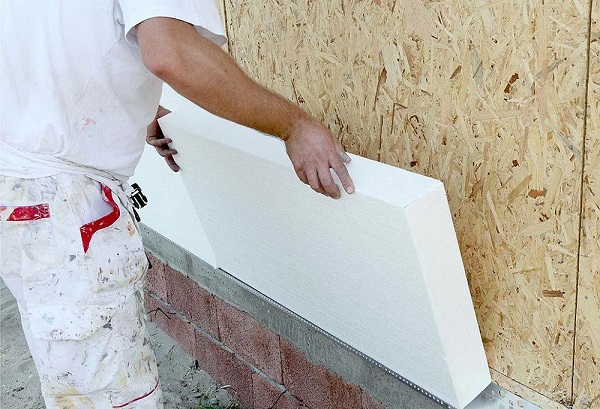
In an era where energy efficiency and sustainability are paramount, the building thermal insulation market is experiencing unprecedented growth. Thermal insulation plays a crucial role in enhancing energy efficiency, reducing carbon emissions, and improving comfort levels in buildings. With increasing awareness of environmental issues and stringent building regulations worldwide, the demand for efficient insulation solutions is skyrocketing. This article explores the current trends, drivers, challenges, and future prospects of the building thermal insulation market.
Growing Demand and Drivers: The global building thermal insulation market is witnessing robust growth driven by several factors. Firstly, the escalating focus on energy conservation and sustainability is compelling builders and homeowners to invest in insulation solutions that reduce heat loss or gain. Additionally, stringent building energy codes and regulations mandating minimum insulation requirements are driving the adoption of thermal insulation materials. Moreover, the rising demand for green buildings and the growing construction industry, particularly in emerging economies, are fueling market expansion.
Types of Insulation Materials: The building thermal insulation market offers a plethora of materials catering to diverse application needs and budget constraints. Common insulation materials include fiberglass, mineral wool, foam boards (such as expanded polystyrene, extruded polystyrene, and polyisocyanurate), cellulose, and spray foam insulation. Each material has its unique properties, such as thermal conductivity, fire resistance, moisture resistance, and environmental impact, influencing its suitability for different applications.
Technological Advancements and Innovations: Innovation is at the forefront of the building thermal insulation market, with manufacturers continually striving to develop advanced materials and solutions. Technological advancements have led to the creation of high-performance insulation materials that offer superior thermal resistance while being lightweight and durable. Additionally, innovations in installation techniques, such as prefabricated insulation panels and spray foam application methods, are making insulation processes more efficient and cost-effective.
Challenges and Considerations: Despite the promising growth prospects, the building thermal insulation market faces certain challenges. One of the significant challenges is the initial cost of high-performance insulation materials, which can deter some builders and homeowners from investing in them. Moreover, improper installation or inadequate maintenance can compromise the effectiveness of insulation, leading to energy inefficiency and reduced comfort levels. Furthermore, concerns regarding the environmental impact of insulation materials, particularly regarding their production processes and end-of-life disposal, are gaining prominence.
Future Outlook: The future of the building thermal insulation market looks promising, driven by ongoing trends such as urbanization, green building initiatives, and technological advancements. Governments worldwide are increasingly implementing energy efficiency policies and incentives to promote the adoption of insulation solutions, further stimulating market growth. Additionally, the emergence of novel insulation materials, such as aerogels and vacuum insulation panels, holds significant promise for revolutionizing the industry by offering superior thermal performance and sustainability.
Conclusion: In conclusion, the building thermal insulation market is experiencing unprecedented growth driven by the increasing emphasis on energy efficiency, sustainability, and regulatory compliance. With technological advancements and innovations driving the development of high-performance insulation materials and solutions, the market is poised for continued expansion in the coming years. However, addressing challenges such as cost barriers, installation issues, and environmental concerns will be crucial for unlocking the full potential of the market and realizing its benefits in terms of energy savings, comfort, and environmental sustainability.






